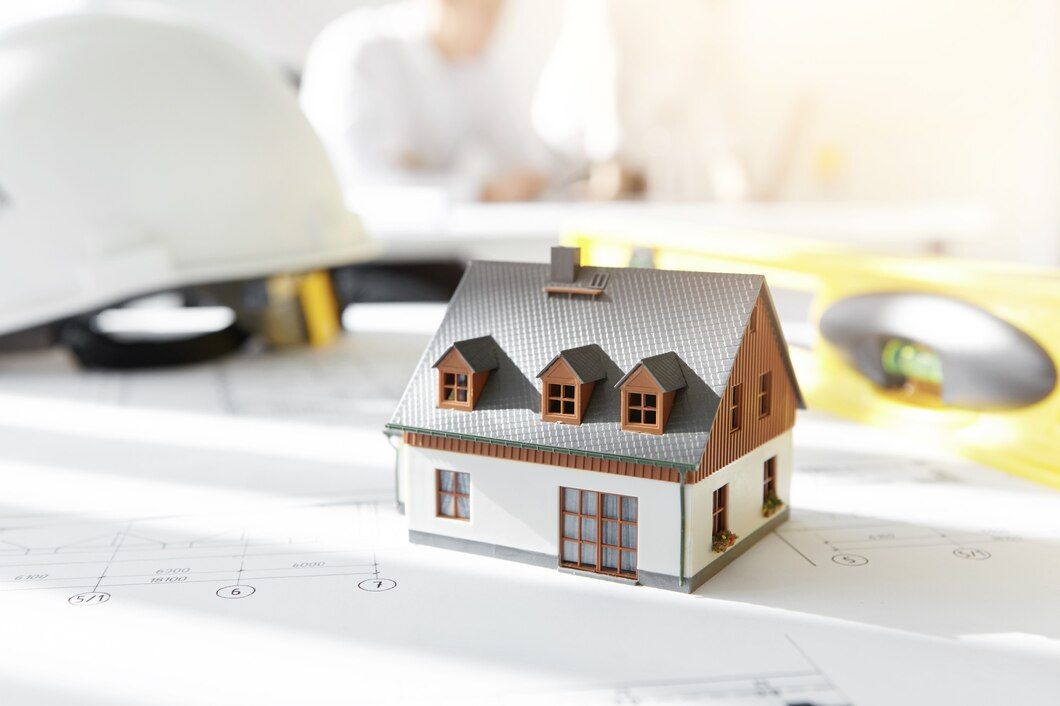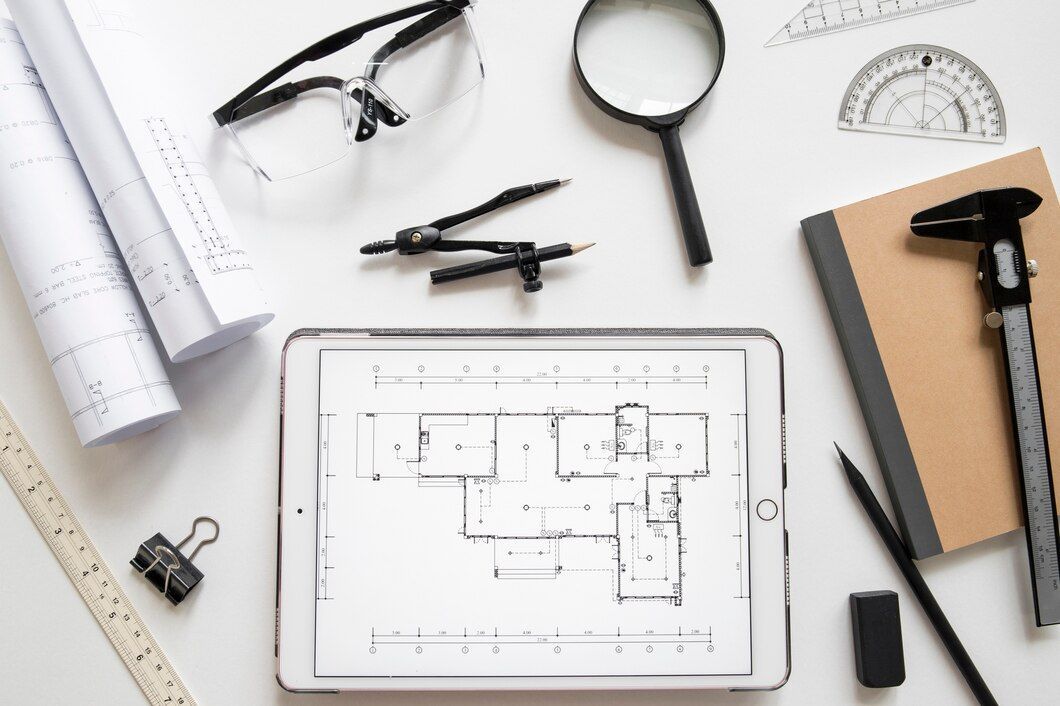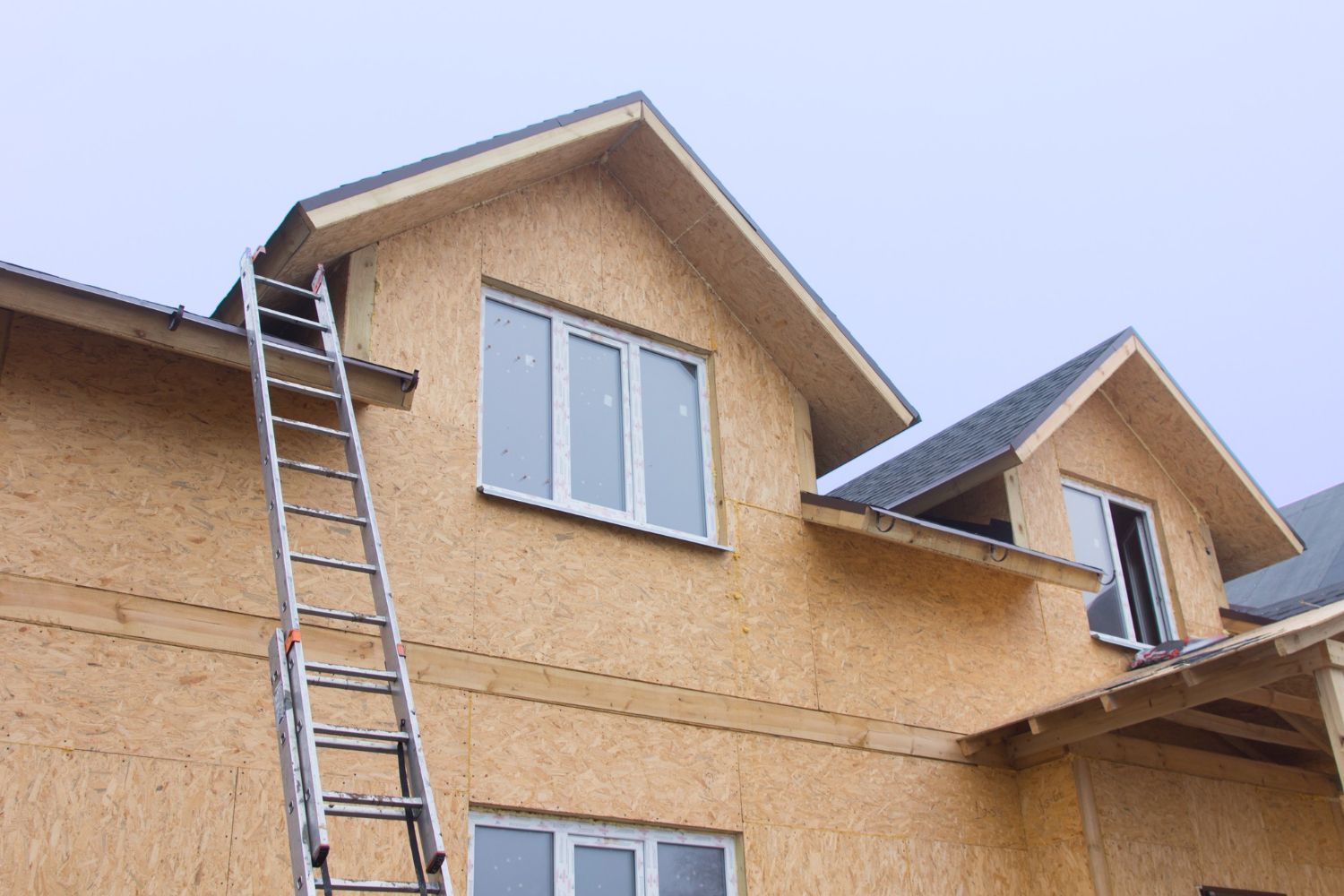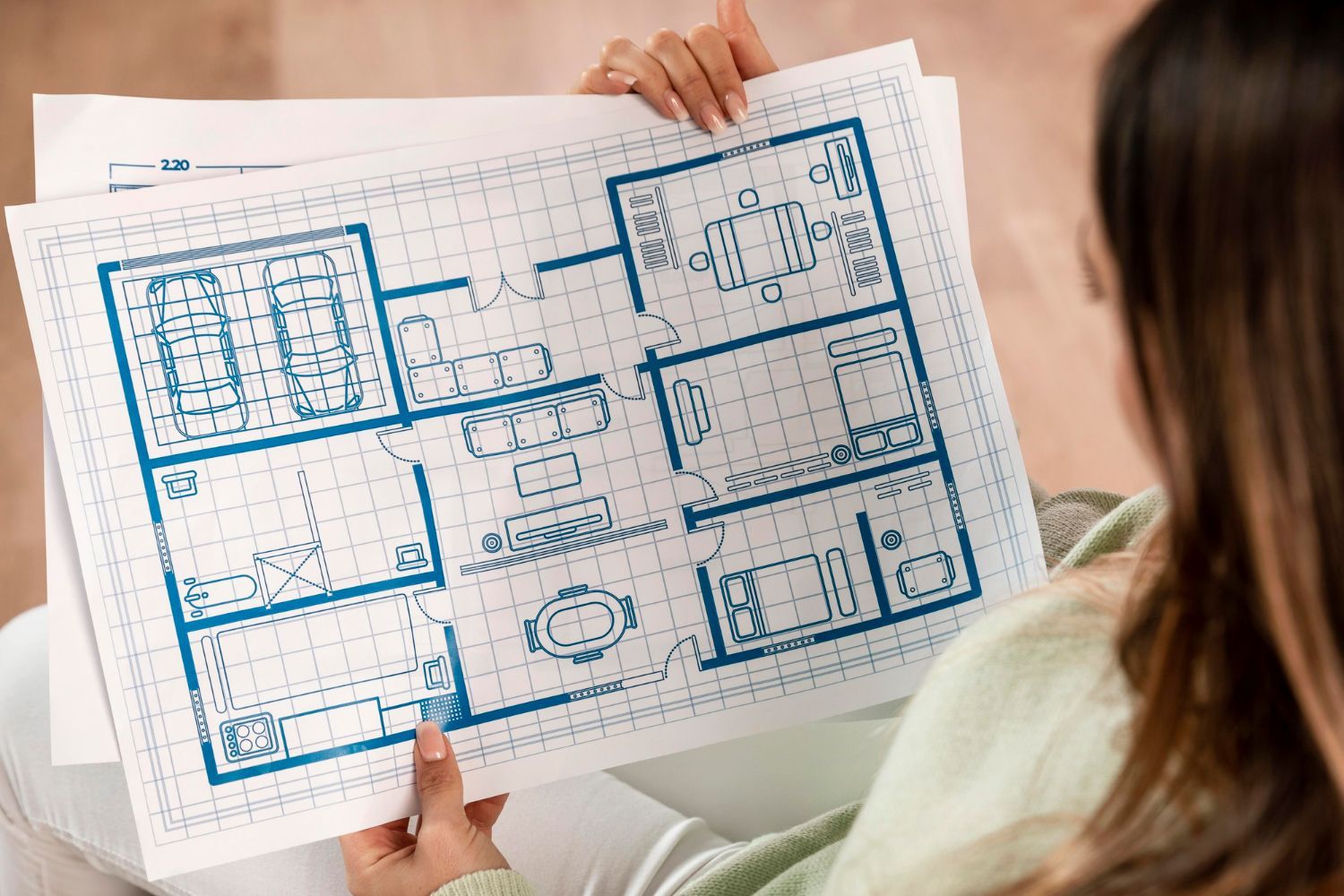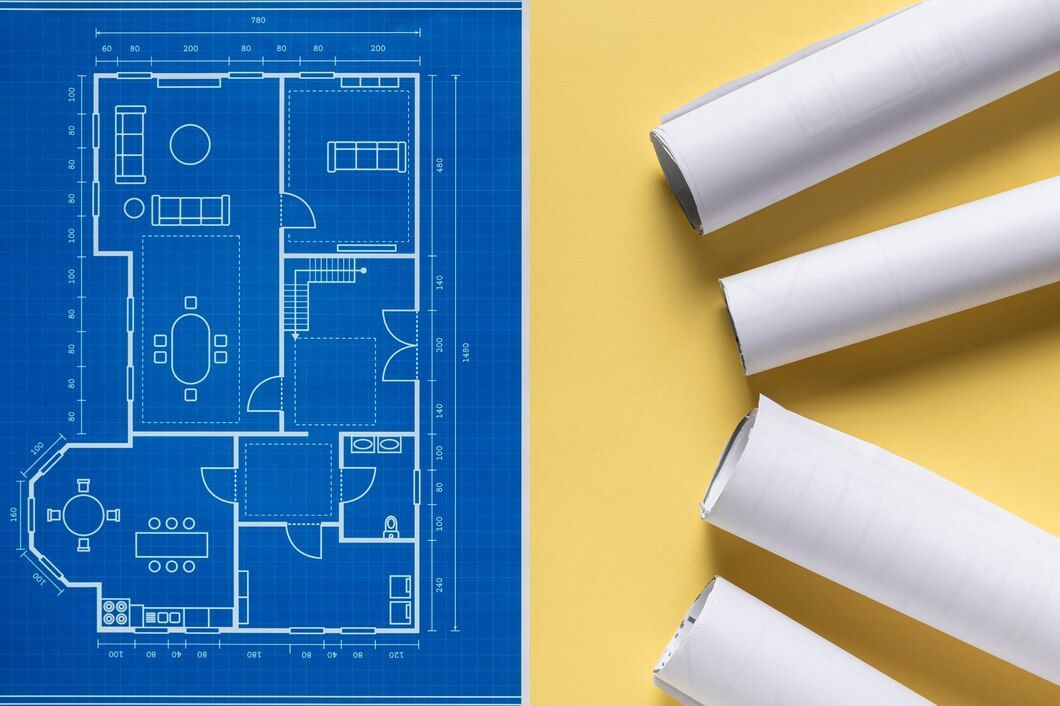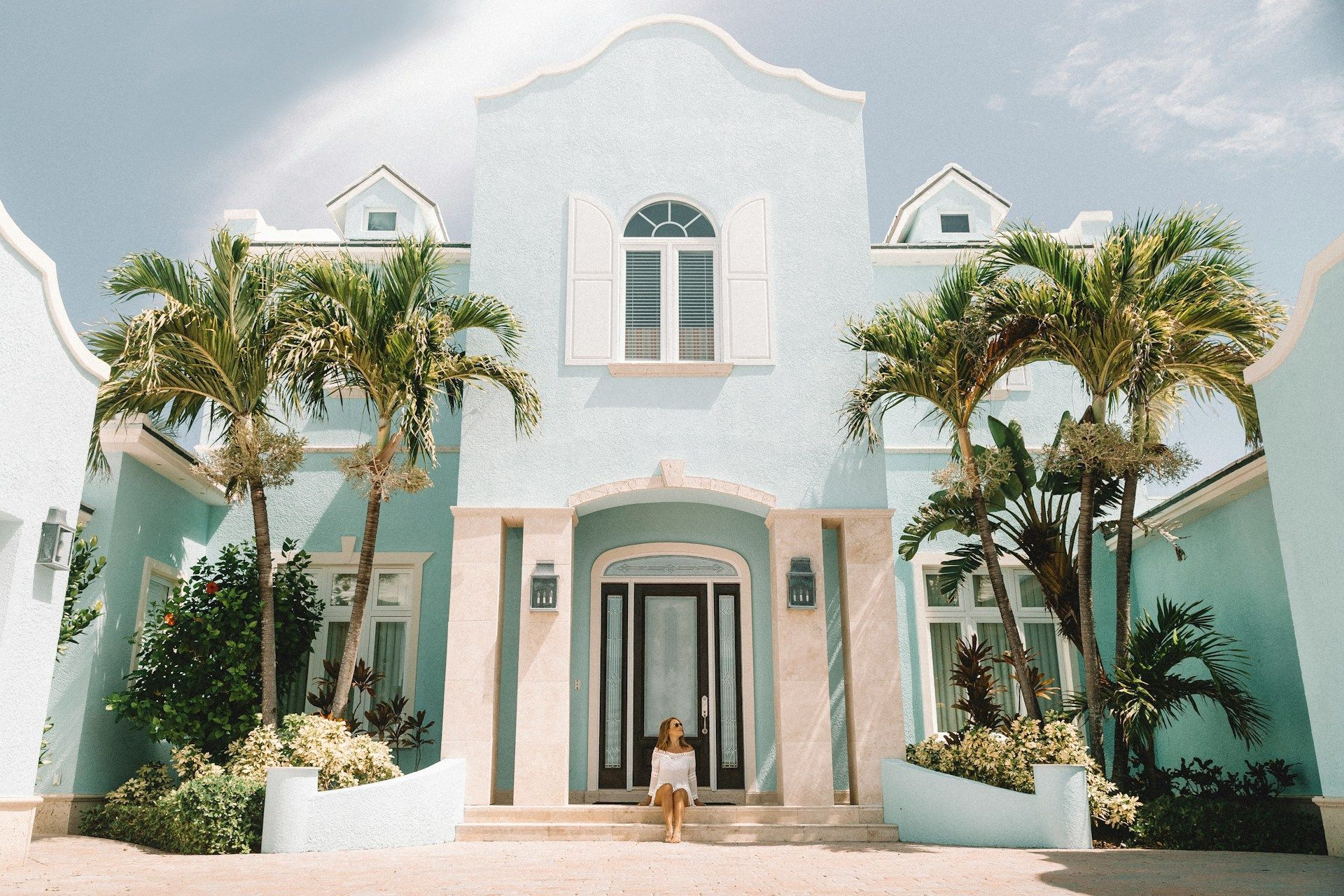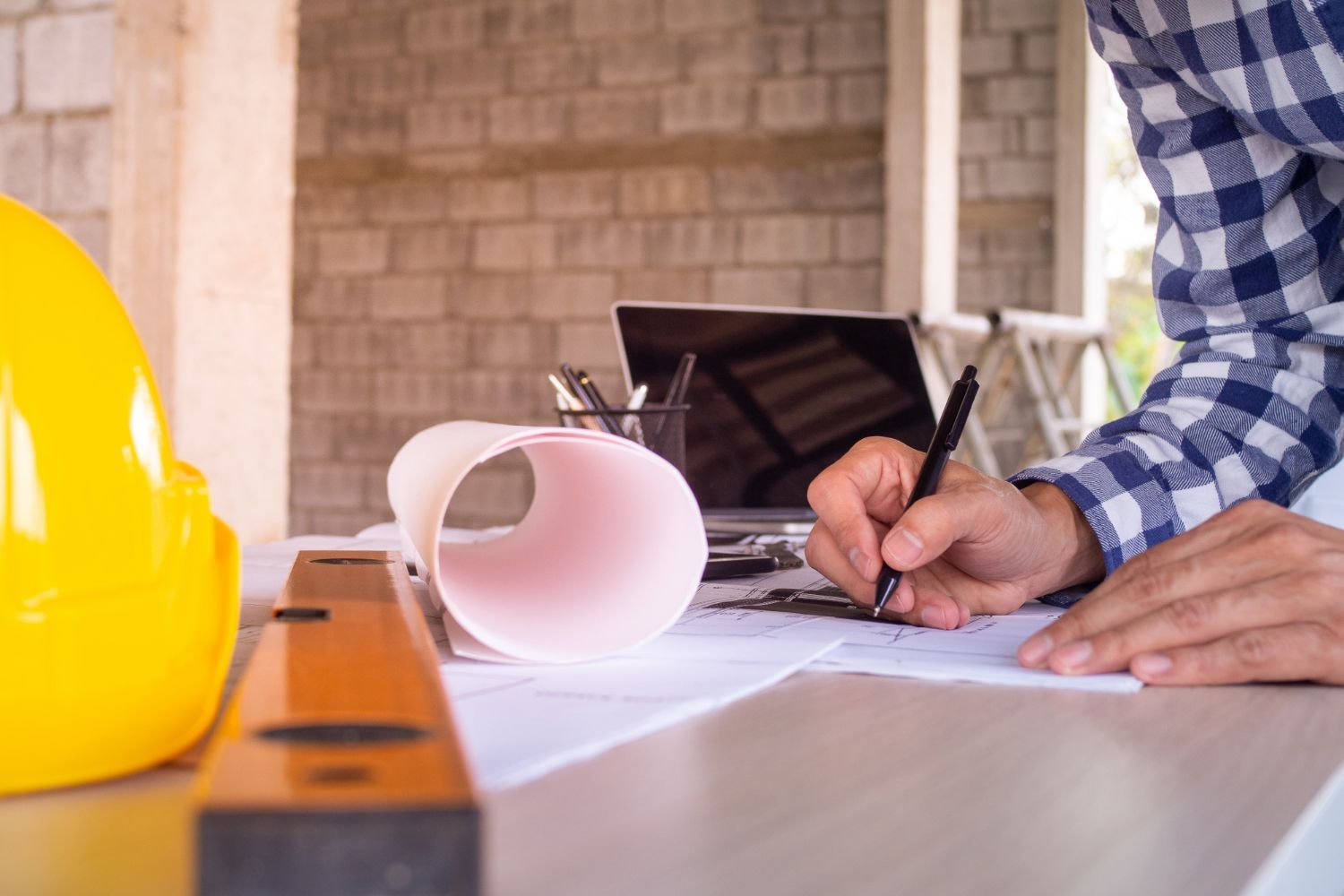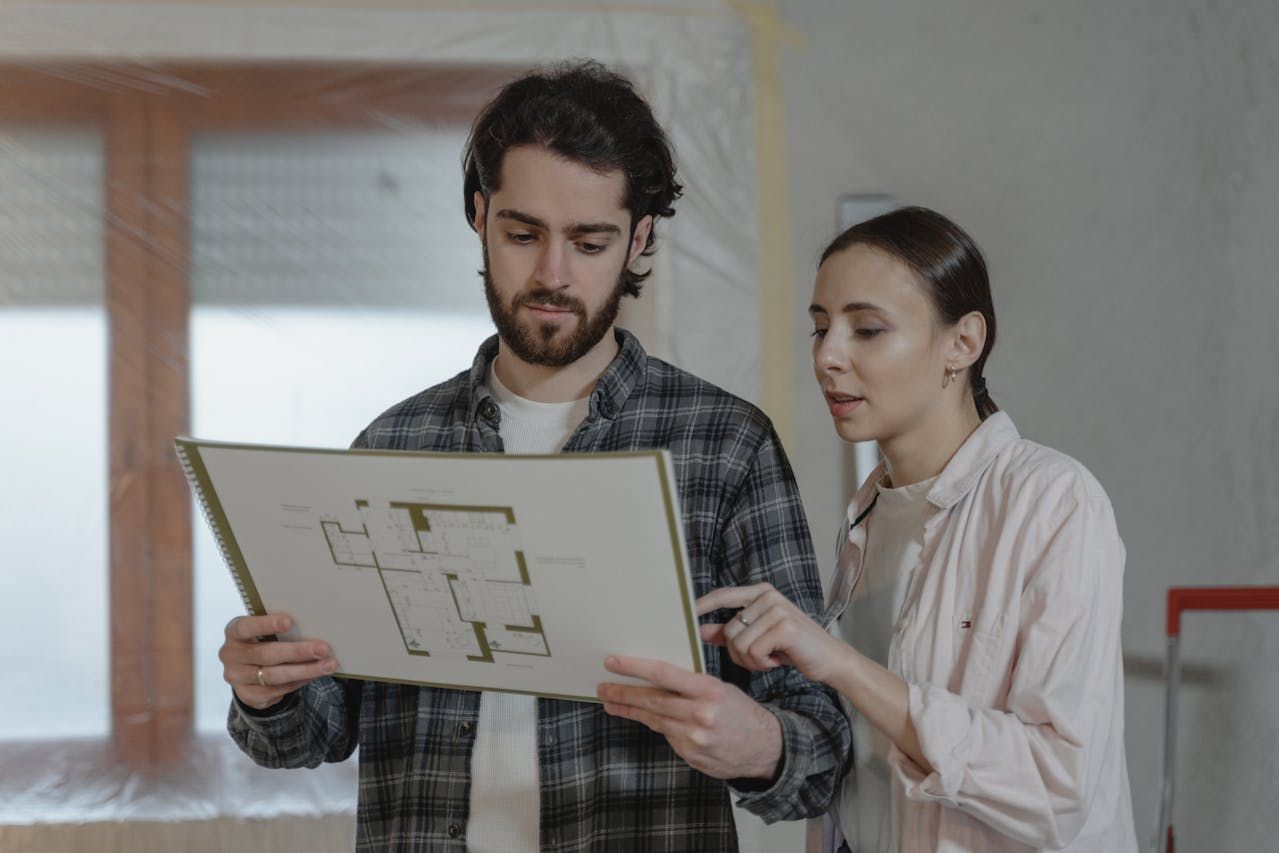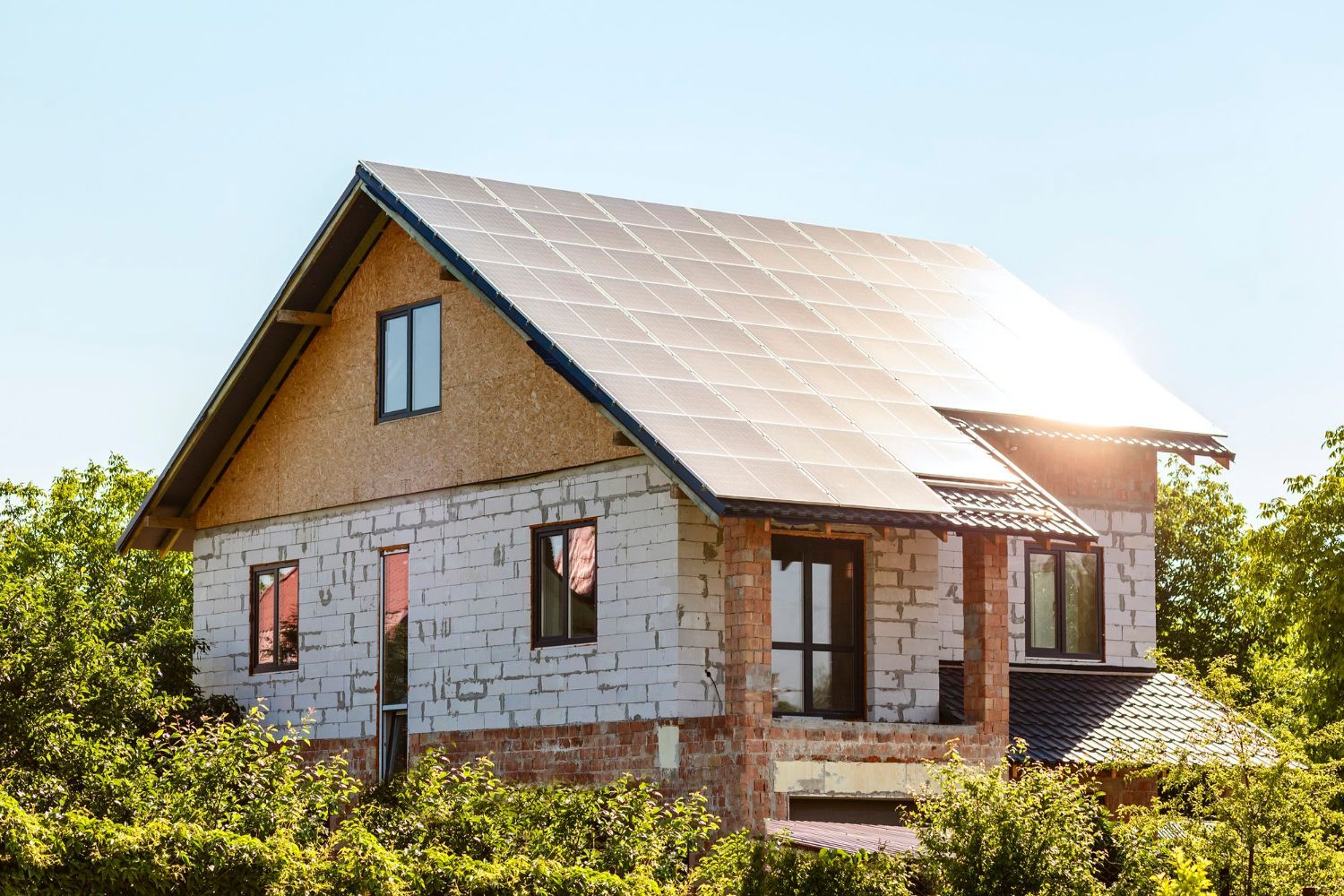541-815-0855
custom@mhbi.us
Sustainable Building Practices for Your New Home
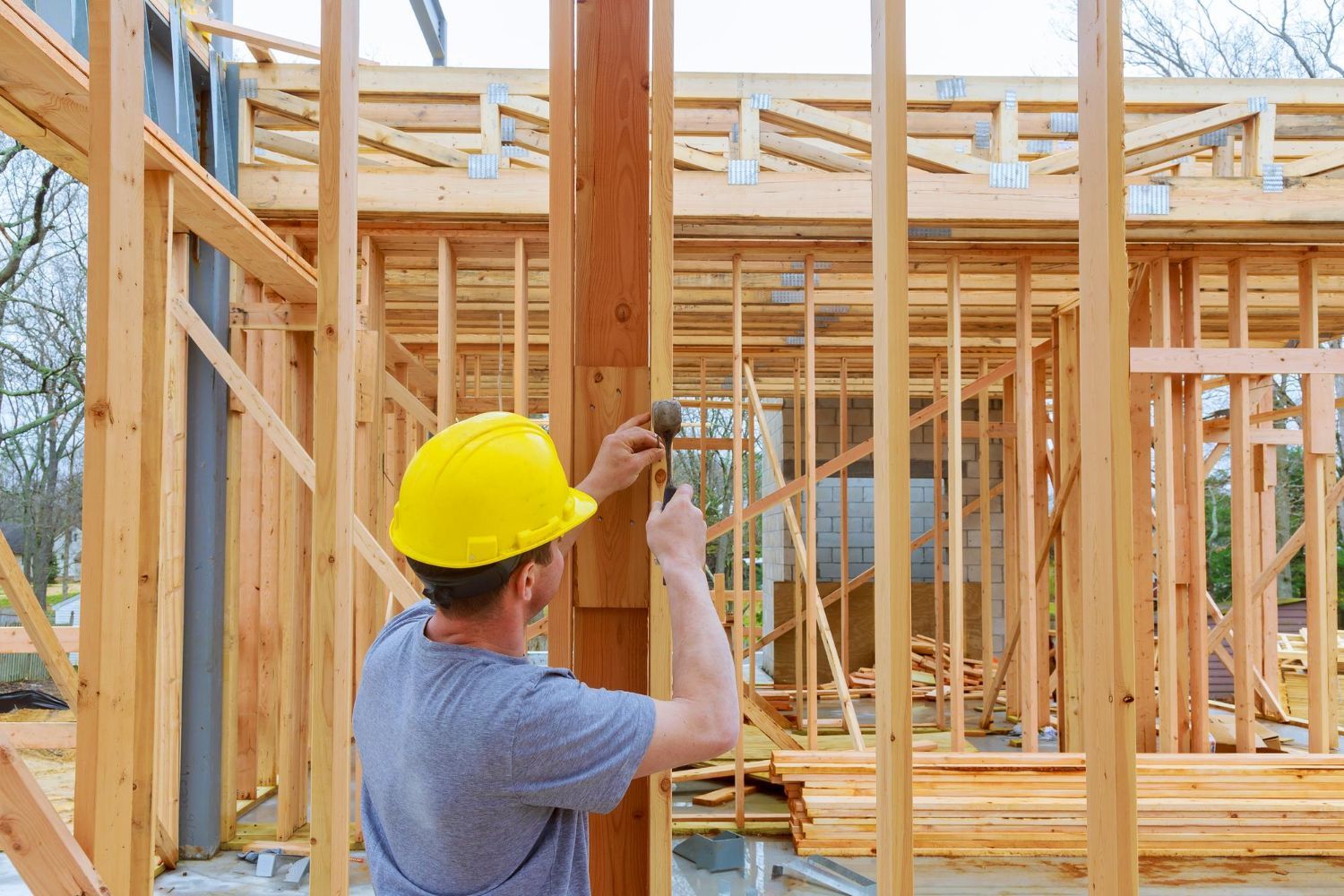
Building a new home is an exciting opportunity to create a space that reflects your values, including a commitment to the environment. By incorporating green building practices, you can reduce your carbon footprint, save money on utilities, and create a healthier living environment for your family.
Green building is not just a trend; it's a sustainable approach that benefits both you and the planet. With that in mind, let’s explore various green building ideas that can help you create an eco-friendly, sustainable home that meets your needs and supports a healthier planet.
Using Sustainable Building Materials
Choosing sustainable building materials is a crucial step in creating an eco-friendly home. These materials are sourced responsibly and often have a smaller environmental footprint.
1. Bamboo Flooring: Bamboo is a fast-growing plant, making it a highly renewable resource. It is durable, stylish, and can be used for flooring, cabinetry, and even furniture.
2. Recycled and Reclaimed Wood: Using wood that has been previously used or recycled helps reduce deforestation. Reclaimed wood adds a unique character to your home, whether used for flooring, beams, or accent walls.
3. Low-VOC Paints: Traditional paints can release harmful chemicals into the air. Low-VOC (Volatile Organic Compounds) paints are a healthier choice, providing good coverage without compromising indoor air quality.
4. Insulated Concrete Forms: These forms are made from recycled materials and offer excellent insulation, reducing energy costs. They are durable and can improve your home’s structural integrity.
5. Recycled Metal Roofing: Metal roofs made from recycled materials are long-lasting and energy-efficient. They reflect sunlight, keeping your home cooler in summer and reducing the need for air conditioning.
When selecting materials, always check for certifications like FSC (Forest Stewardship Council) for wood products and Energy Star for appliances. These certifications ensure the products meet high environmental and performance standards.
Incorporating Energy-Efficient Features
Incorporating energy-efficient features into your new home can significantly reduce your environmental impact and save you money on utility bills.
1. Solar Panels: Installing solar panels on your roof can generate renewable energy for your home. Although the upfront cost may be high, the long-term savings on electricity bills make it a wise investment. Many areas also offer incentives or rebates for solar installations.
2. Energy-Efficient Windows: Double or triple-pane windows provide better insulation, keeping your home warmer in winter and cooler in summer. Look for windows with low-E coatings to further enhance energy efficiency.
3. LED Lighting: LED bulbs use significantly less energy than traditional incandescent bulbs and last much longer. Switching to LED lighting throughout your home can drastically cut down on your electricity usage.
4. Smart Thermostats: A smart thermostat learns your schedule and adjusts the temperature accordingly. This ensures you use energy only when needed, reducing waste and lowering utility bills.
5. High-Efficiency Appliances: Choose appliances that are Energy Star rated. These appliances use less water and electricity while providing excellent performance. Consider upgrading to a high-efficiency washer, dryer, refrigerator, and dishwasher.
6. Proper Insulation: Adequate insulation in walls, attics, and floors can help maintain consistent indoor temperatures. This reduces the need for heating and cooling, saving energy and improving comfort.
By integrating these energy-efficient features, you create a more sustainable home that benefits both your family and the environment.
Water Conservation Techniques
Water conservation is essential for creating a green home. By using water-saving techniques, you can reduce your home’s water usage and lower your water bills.
1. Low-Flow Fixtures: Install low-flow faucets, showerheads, and toilets to cut down on water use. These fixtures are designed to use significantly less water without sacrificing performance or comfort.
2. Rainwater Harvesting: Set up a rainwater harvesting system to collect and store rainwater for outdoor use. This water can be used for gardening, lawn care, and even flushing toilets, reducing your reliance on municipal water sources.
3. Greywater Systems: Greywater systems reuse water from sinks, showers, and laundry for irrigation and other non-potable uses. This system reduces the amount of fresh water you need for outdoor activities.
4. Smart Irrigation: Use smart irrigation controllers that adjust watering schedules based on weather conditions and soil moisture levels. This ensures your garden or lawn receives the right amount of water, preventing waste.
5. Drought-Resistant Landscaping: Choose plants that are native to your area or drought-resistant. These plants require less water and maintenance, making them an eco-friendly choice for your garden.
By implementing these water conservation techniques, you can create a more sustainable home that uses resources wisely and efficiently.
Implementing Eco-Friendly Landscaping
Eco-friendly landscaping enhances the beauty of your home while promoting environmental sustainability. Using sustainable landscaping techniques can save water, reduce waste, and support local ecosystems.
1. Native Plants: Use native plants in your landscaping. These plants are adapted to the local climate and soil, requiring less water and care. They also provide food and habitat for local wildlife.
2. Composting: Create a compost bin for kitchen scraps and yard waste. Compost enriches the soil, reducing the need for chemical fertilizers. It also helps retain soil moisture, reducing watering needs.
3. Permeable Paving: Choose permeable materials for driveways and walkways. These materials allow rainwater to seep into the ground, reducing runoff and replenishing groundwater.
4. Mulching: Apply mulch to garden beds to retain soil moisture and suppress weeds. Organic mulch, such as bark or wood chips slowly decomposes, enriching the soil as it breaks down.
5. Efficient Irrigation: Set up drip irrigation systems that deliver water directly to plant roots. This method minimizes water evaporation and ensures plants receive adequate hydration.
By incorporating these eco-friendly landscaping practices, you create a harmonious outdoor space that benefits both your home and the environment.
Incorporating Green Features into Your Home Design
Designing a home that embraces green building ideas is a rewarding process that pays off in numerous ways. By using sustainable building materials, incorporating energy-efficient features, and adopting water conservation techniques, you create a home that is both eco-friendly and cost-effective. Implementing eco-friendly landscaping further enhances your home's sustainability, making it a beautiful and environmentally responsible place to live.
Mountain High Builders is committed to helping you achieve your dream of an eco-friendly home. We provide the expertise and resources needed to integrate these green building ideas seamlessly into your construction plans. Building a sustainable home is an investment in the future, offering long-term benefits for both you and the planet.
Ready to start building your green home? Contact our
home builders in Oregon today to learn more about how we can help you create a sustainable, eco-friendly living space tailored to your needs!
Are you planning to renovate your home?

Mountain High Builders strives to build exceptional homes for our clients, alongside strong relationships that last a lifetime.
Contact us
Phone: 541-815-0855
Email: custom@mhbi.us
Address: Square Loop, 1012 SE
Cleveland Ave #5, Bend, OR 97702
Menu
All Rights Reserved |
All Rights Reserved | Mountain High Builders


